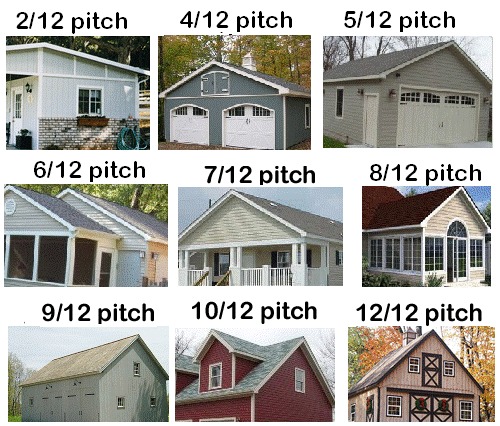Working on roofs can be incredibly dangerous if proper precautions are not followed. One critical factor to consider is roof pitch safety. The angle at which a roof is inclined significantly impacts the level of risk involved. Below, we delve into the key aspects of maintaining safety while working on roofs of varying pitches.
Understanding Roof Pitch
The term “roof pitch” refers to the steepness or angle of a roof. It is typically expressed as a ratio of the vertical rise to the horizontal run. For example, a roof with a 6:12 pitch rises 6 inches for every 12 inches of horizontal distance. The steeper the roof, the more challenging and hazardous it becomes to navigate and work on.
Why Roof Pitch Safety Matters
Roof pitch safety is crucial for several reasons:
- Preventing falls: Steeper roofs increase the risk of slips and falls, which can lead to serious injuries or even fatalities.
- Tool safety: Tools and materials can easily slide off steep roofs, posing danger to workers and bystanders below.
- Compliance: Adhering to safety regulations ensures legal compliance and protects against potential liabilities.
Key Safety Practices for Roof Pitches
Adopting specific safety measures based on the pitch of the roof can drastically reduce the risk of accidents:
- Use proper footwear: Ensure that all workers wear slip-resistant shoes for better traction.
- Install guardrails: Guardrails can provide a crucial barrier to prevent falls, especially on steep roofs.
- Utilize safety harnesses: Workers should always be secured with harnesses and lifelines when working on high pitches.
- Keep tools secured: Use tool belts or secure storage options to prevent tools from sliding off the roof.
- Follow OSHA standards: Abide by Occupational Safety and Health Administration (OSHA) regulations and guidelines for working on roofs.
FAQs on Roof Pitch Safety
Q: What is the safest roof pitch to work on?
A: A pitch of 4:12 or lower is generally considered safer to work on compared to steeper pitches. However, all roofs require some level of safety precautions.
Read more about Ladder safety here.
Q: Are there specific regulations on roof pitch safety?
A: Yes, OSHA provides detailed guidelines and regulations to ensure worker safety on roofs. Compliance with these standards is mandatory.
Q: What should I do if my roof pitch is very steep?
A: For extremely steep roofs, consider hiring professional roofers who are well-trained in managing high-risk environments. They have the necessary equipment and expertise to handle such conditions safely.
Q: How can I prevent slipping on a steep roof?
A: Use slip-resistant footwear, keep the working area clean and dry, and install guardrails and safety harnesses to minimize the risk of slipping.
Ensuring roof pitch safety is not just about compliance but also about protecting lives and maintaining a secure working environment. By implementing the proper safety measures and continuously educating workers, the risks associated with working on roofs can be significantly minimized.



